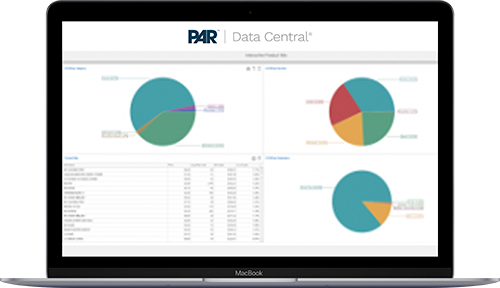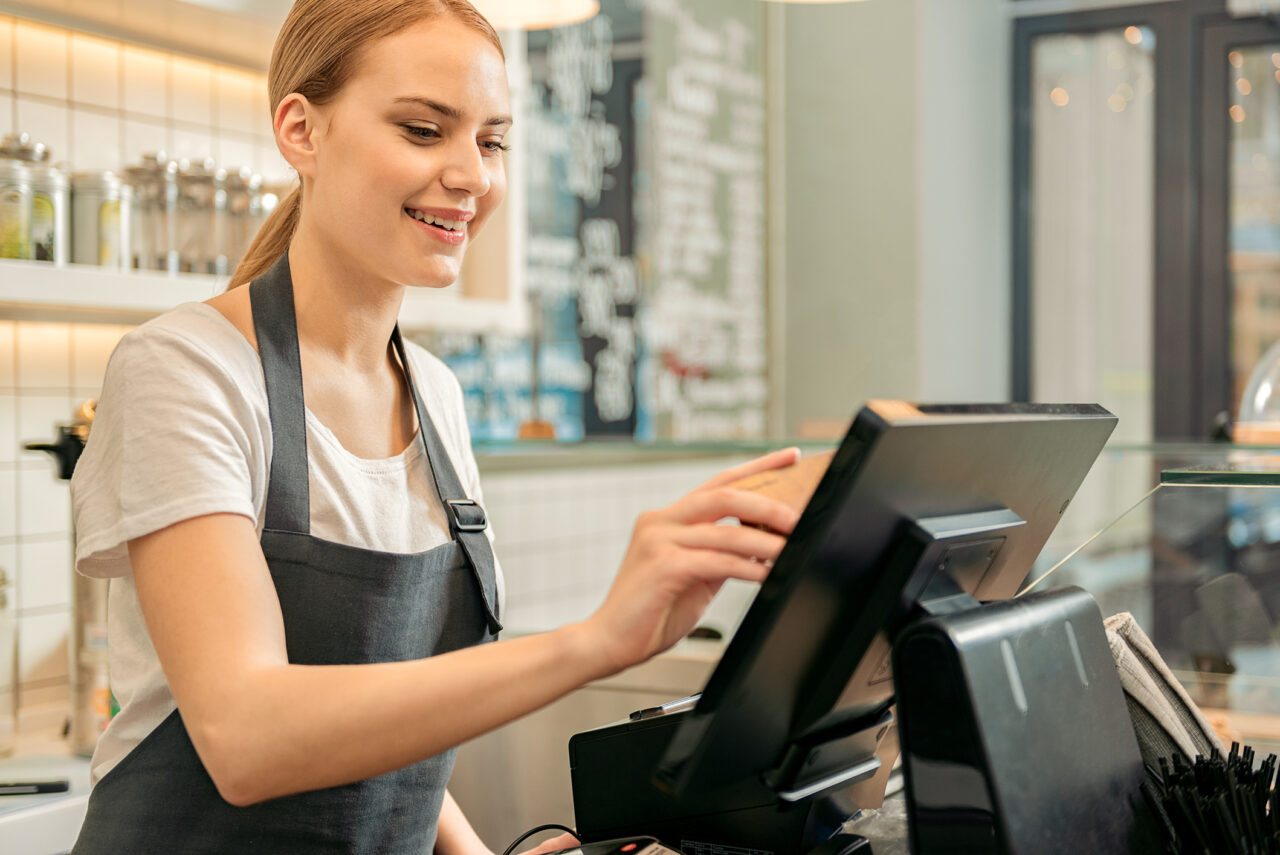What is Back-Office and Why is it Important?

It’s almost become table stakes to have a back-office system in your restaurant. As they become more prominent in the restaurant industry, chances are if you don’t have one, you’re losing money and possibly missing out on several operational efficiencies.
During a recent interview with Hospitality Technology, Jean Chick, a principal in strategy consulting and restaurant and food service for Deloitte, said, “The restaurant of the future—really, the restaurant of today—requires a more comprehensive back-office technology suite, with a tight integration of systems.”
The days of relying on manual tracking and report pulling are behind us. Today, the best brands in the industry are making use of vast amounts of data to operate their restaurants more effectively and make more informed decisions.
What Is a Back-Office Solution?
Back-office technology centralizes, automates, and improves operating processes related to purchasing, accounts payable, inventory management, recipe and menu engineering, labor scheduling, and reporting.
Simply put, back-office software keeps things running smoothly behind the scenes at your restaurant!
It integrates with your point of sale, accounting, payroll, and other vendors for a full view of your business activities. In addition to integrated information, your back-office platform digitizes data entry, which reduces errors and creates a better staff experience. Manage your inventory, food costs, and labor scheduling all in one platform.
Nowadays, restaurant employees are overwhelmed with a variety of systems to manage their back-of-house operations instead of using one intuitive system that helps them do their jobs better. Multiple systems can be replaced with the right back-office solution in place.
Why Is It Important to Have a Back-Office Platform?
Long story short; back-office software is essential to operating a successful restaurant.
Having timely access to data empowers operators to keep the business running as it should be and identify trends and opportunities as they arise. An innovative back office will keep you away from spreadsheets, using high-level reporting and analytics specific to your operations. Being able to view data quickly means you can make proactive and informed decisions to drive profitability.
It’s important that everyone is trained correctly on the system before they start using it on their own. If not, you run the risk of losing your data’s integrity. Training also ensures that you’ll receive top-down buy-in from your team so you can get the best return on your investment.
The system often pays for itself by efficiently controlling costs, identifying potential areas of savings, and focusing on profit margins. With employee support of industry-leading back-office solutions, potential savings are game-changing. When you upgrade your back-office technology, you can save time, money, and headaches.
How to Select The Right Back-Office System
Open and Secure
First and foremost, choose software that will integrate nicely with your other systems. A fully open API makes connecting to other systems easy and boundless.
Data should flow seamlessly with the click of a button. Broken integrations overburden staff with manual processes that could be automated, wasting time and creating frustration.
What happens in the cloud, stays in the cloud. Data security is a huge risk for restaurants in today’s world. Making sure business and customer information is protected is an ongoing battle for IT departments. The open transfer of important data to and from your back-office system needs to be secure.
Selecting the right cloud-based back-office software will better ensure data protection versus on-premise data hosting. Cloud-based service providers have dedicated resources to keep up with security best practices, controls, and authorization. They understand how important it is to keep your content safe, secure, and private.
Mobile
An increasing number of restaurant operators are realizing the benefits that come from investing in mobile technology. Choosing a mobile back-office system that can be accessed on any device puts the right information in the right hands at the right time.
In a restaurant, managers can spend more time with their valuable customers and less time sitting behind a desk doing administrative work. Outside the restaurant, owners and above-store operators can track store performance from anywhere. With web browser access, they can view sales data and other key performance indicators (KPIs) from their phone.
Scalable
For multi-unit operators, implementing systems that are built to scale is often a primary concern. When researching back-office technology, focus on systems that will sustain your growth plans.
You need to have a back-office platform that is powerful enough to scale with you as you grow. Some things to look out for are flexibility of the system, a reliable database structure, and the process for deployment.
The pricing structure should also be considered in terms of scalability. Pay attention to costs outside of a monthly SaaS fee as they can add up. Back-office providers that offer unlimited users, unlimited data storage, and free software updates will set you up for success as you continue to scale.


